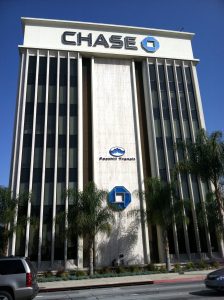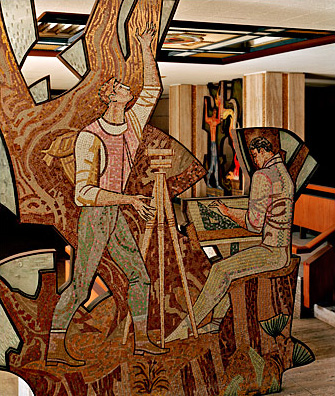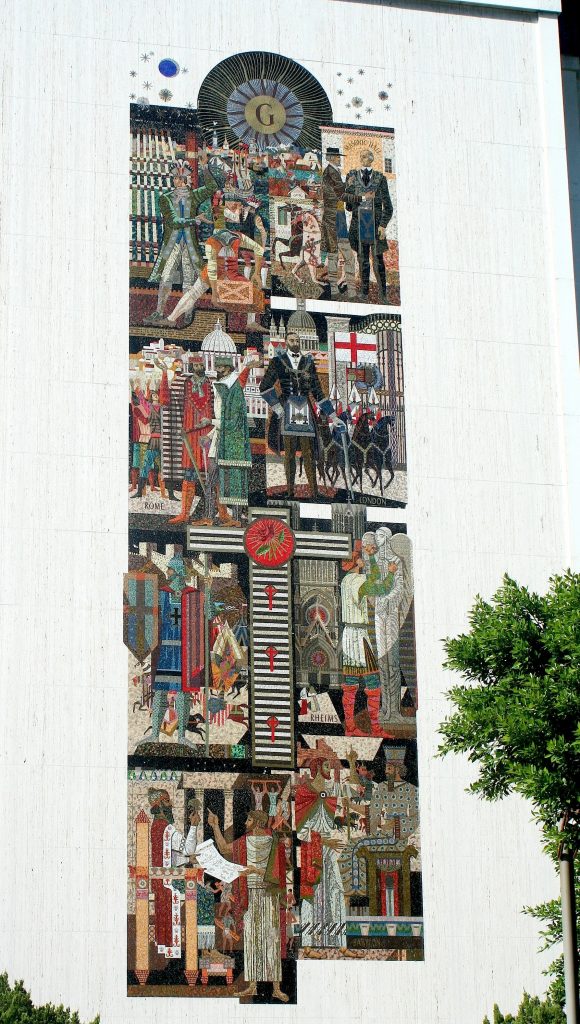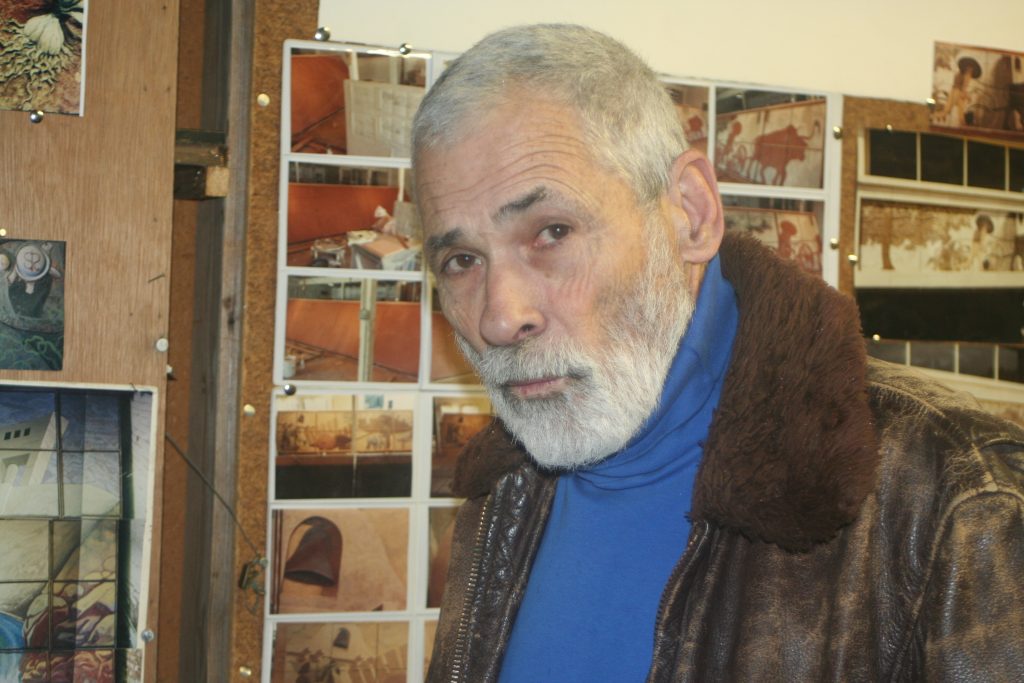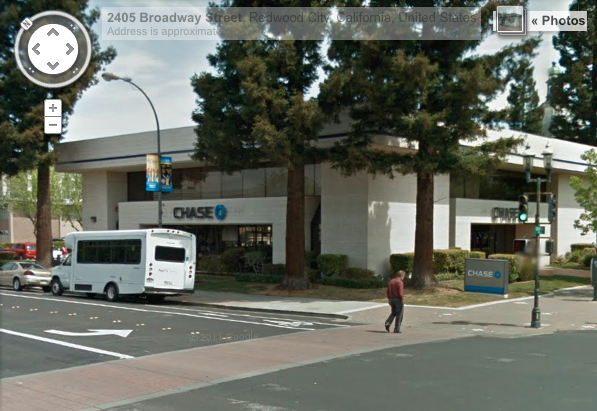I have been on the Southern California freeways a lot recently–driving down to San Diego, out to Claremont, around and around the LA Basin, discussing my first book and finding new leads for Home Savings research. And though I have written before about the efforts to catalog what makes the Home Savings and Loan buildings distinctive, I have found another pattern worth noting: the Home Savings and Loan office tower.
The first Home Savings tower seems a fluke: it was built in 1962 as part of the downtown Pomona Mall redevelopment, a project that was a love note from Millard Sheets to his hometown, and something Howard Ahmanson and Home Savings seem to have joined as a favor to Sheets. The mall was toasted nationally as the future of urban renewal, and then faced its own decline — and now Chase has threatened the future of the tower as well. (Come tour the Pomona sites, and learn more from docents, a panel of Studio participants, and knowledgeable folks like me, at the L.A. Conservancy tour March 18th).
The tower was a one-off — Home Savings was not then in the business of building large office towers, nor of owning and managing commercial real-estate. And, because it may be the only Home Savings tower to have Sheets Studio art, I basically ignored the other towers for a while.
But I have been recently thinking about how the Home Savings brand was maintained by architecture even as the Sheets Studio branches changed (a topic for a future post), and I began to think more about the Glendale tower, and the Covina tower, and the one along the 405 in… Carson? Signal Hill? Clearly, Home Savings and Loan did become interested in tall office towers, likely for their commercial real estate space and their large branch spaces, after the S&L banking laws changed.
And of course it was nice that the towers could be their own Home Savings icons. These towers reflect the work of Frank Homolka for Home Savings, and their uniformity, with the space for the proud Home Savings name at the top and the shield along the shaft, created their own iconic recognition. (Here you can see Chase beginning to mimic this, with their logo on the side.)
Home Savings towers are in sight of the freeway, along the main streets of these suburbs, and hence often they are the only office tower of their kind in, say, Covina. This reflects a continuation of the Home Savings siting policies of the decorated branches. But the choice not to include Sheets Studio art, combined with the ubiquity of this generic, pared-down modernist architecture, suggests these towers no longer stand out from their postwar peers. But they do serve as a part of the story of art, architecture, and the urban context of Home Savings and Loan — if a subtle one.


